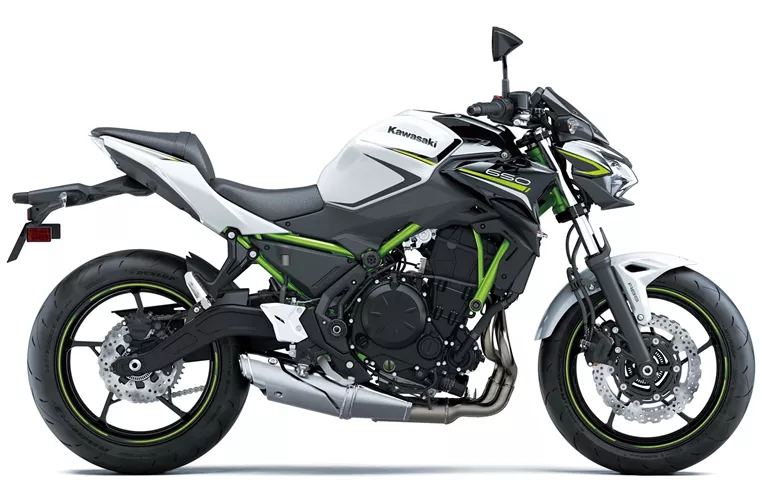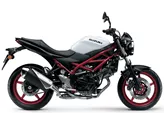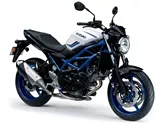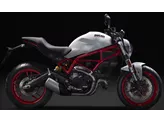Suzuki SV 650 2017 vs. Kawasaki Z650 2020

Suzuki SV 650 2017
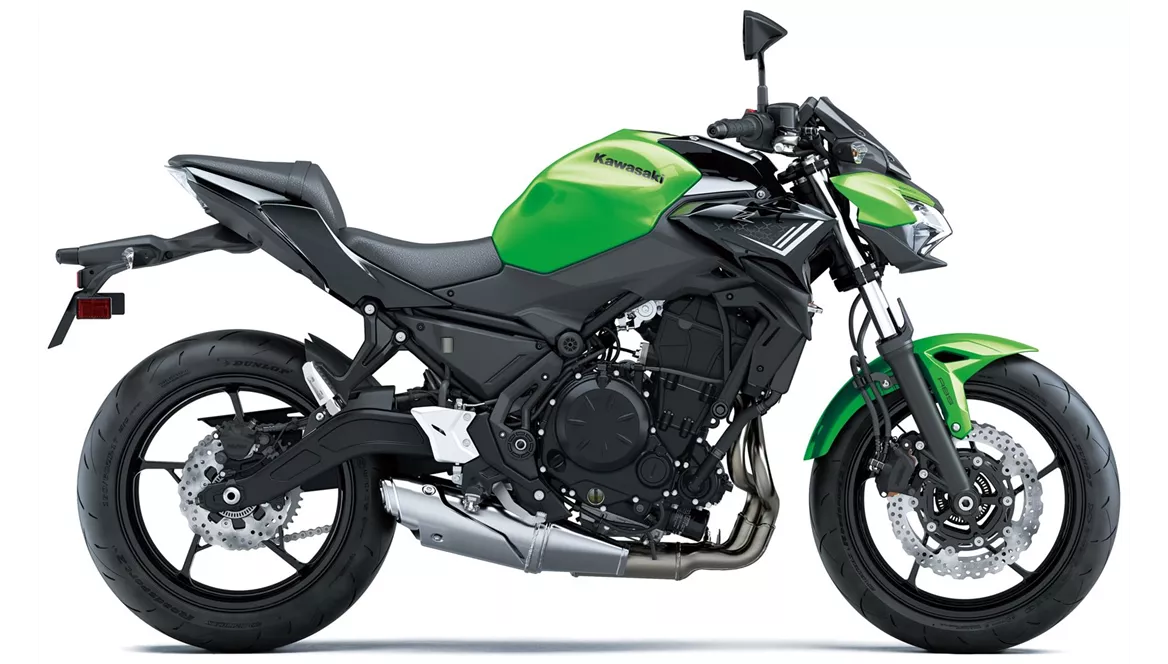
Kawasaki Z650 2020
Pregled - Suzuki SV 650 2017 vs Kawasaki Z650 2020
When comparing the Suzuki SV 650 2017 and the Kawasaki Z650 2020, there are several key differences and similarities to consider.
In terms of engine and drive train, both bikes have a two-cylinder engine with fuel injection and liquid cooling. The Suzuki SV 650 has a V-type engine with 76 HP of power and 64 Nm of torque, while the Kawasaki Z650 has an in-line engine with slightly lower power at 68.2 HP but slightly higher torque at 65.7 Nm. Both bikes have a displacement of around 650cc, providing a good balance between power and maneuverability.
In terms of suspension, both bikes have a telescopic fork front suspension and a swing arm rear suspension with a monoshock absorber. This setup ensures a smooth and comfortable ride, with the ability to handle bumps and uneven surfaces effectively.

Suzuki SV 650 2017
Both bikes also have a steel tubular frame, providing a sturdy and stable chassis. This contributes to the bikes' overall handling and maneuverability, allowing riders to confidently navigate corners and curves.
When it comes to braking, both bikes have double disc brakes at the front with a diameter of around 290mm for the Suzuki SV 650 and 300mm for the Kawasaki Z650. Both bikes also have double piston calipers for effective stopping power. However, the Suzuki SV 650 has been criticized for having weak brakes, which may be a drawback for some riders.
In terms of advanced rider assistance systems, both bikes are equipped with ABS, providing added safety and control during braking.
In terms of dimensions and weights, there are some slight differences between the two bikes. The Suzuki SV 650 has a wheelbase of 1445mm and a seat height of 785mm, while the Kawasaki Z650 has a slightly shorter wheelbase of 1410mm and a slightly higher seat height of 790mm. The Suzuki SV 650 also has a slightly larger fuel tank capacity at 13.8 liters compared to the Kawasaki Z650's 15 liters. In terms of weight, the Kawasaki Z650 is slightly lighter at 187.1kg compared to the Suzuki SV 650's 197kg (both weights include ABS).
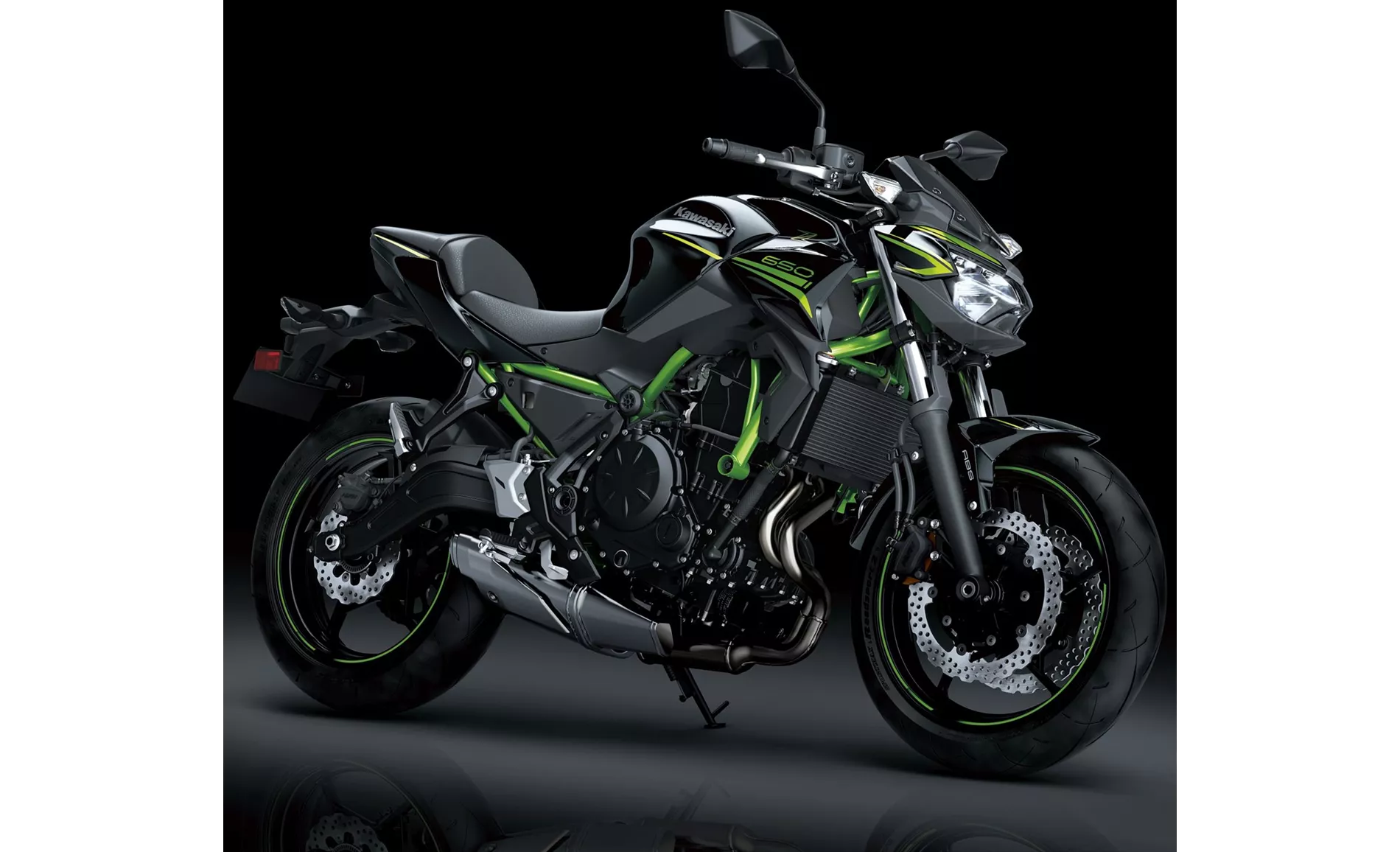
Kawasaki Z650 2020
In terms of strengths, the Suzuki SV 650 is praised for its smooth engine, playful handling, and great chassis. On the other hand, the Kawasaki Z650 is known for its powerful two-cylinder engine, aggressive intake noise, compact dimensions, low seat height, stable chassis, TFT display with connectivity, and grown-up look.
However, both bikes also have their weaknesses. The Suzuki SV 650 has been criticized for its weak brakes, which may be a concern for some riders. The Kawasaki Z650 has been noted to have a front brake pressure point issue, and it may not be as comfortable for taller riders. Additionally, the Rideology App on the Kawasaki Z650 is not considered 100% sophisticated.
In conclusion, both the Suzuki SV 650 2017 and the Kawasaki Z650 2020 have their own strengths and weaknesses. The choice between the two will ultimately depend on the rider's preferences and priorities, whether it be smoothness, handling, power, or other factors.
Tehničke specifikacije Suzuki SV 650 2017 u odnosu na Kawasaki Z650 2020
Prednosti i nedostaci u odnosu na
Prednosti i nedostaci u odnosu na
Suzuki SV 650 2017

The Suzuki SV 650 is accompanied by a long history of success that is sure to continue for a long time. Its supple V2 impresses with very smooth response and plenty of torque. Compact dimensions help to make the motorbike look very compact. This will be very convenient for beginners. The chassis also scores with playful handling. Unfortunately, the braking effect is not at the level one would expect from such a powerful vehicle.
Kawasaki Z650 2020
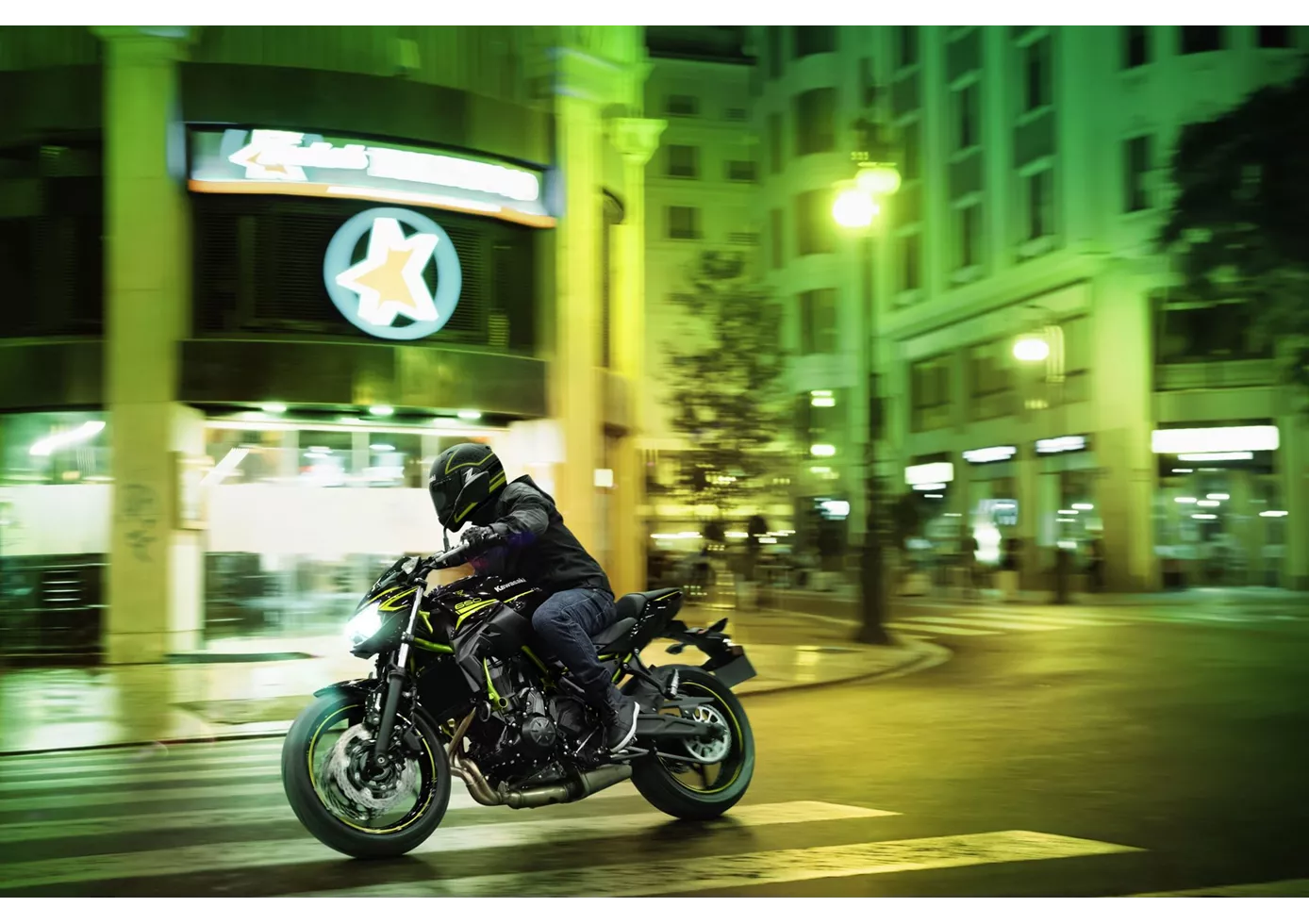
It's simply marvellous what Kawasaki has put together in a complete package with the new Z650. The technical components may not knock your socks off individually, but in combination they make for a pleasantly neutral motorbike that everyone will enjoy. No bitchy idiosyncrasies - simply a naked bike that works really well on winding country roads. Of course, the TFT display, which we don't find in the competition at the moment, is a plus, as is the grown-up look, which is strongly oriented towards the larger Z models. Only the pressure point of the front brake could have been more clearly defined - but you can't have everything in this price range.
Usporedba cijena Prosječna tržišna cijena Suzuki SV 650 vs Kawasaki Z650
There are a few key differences between a Suzuki SV 650 2017 and a Kawasaki Z650 2020. In terms of price, the actual average price of a Kawasaki Z650 2020 is about 10% higher. Compared to Kawasaki Z650 2020 there are less Suzuki SV 650 2017 bikes available on the 1000PS.de Marketplace, specifically 6 compared to 21. It takes less time to sell a Kawasaki Z650 with 80 days compared to 112 days for the Suzuki SV 650. Since model year 2005 1000PS.de editors have written 25 reviews for the Suzuki SV 650 and 31 reviews for the Kawasaki Z650 since model year 2017. The first review for the Suzuki SV 650 was published on 9/26/2008 and now has more than 14,200 views. This compares to more than 25,000 views for the first review on Kawasaki Z650 published on 11/8/2016.

